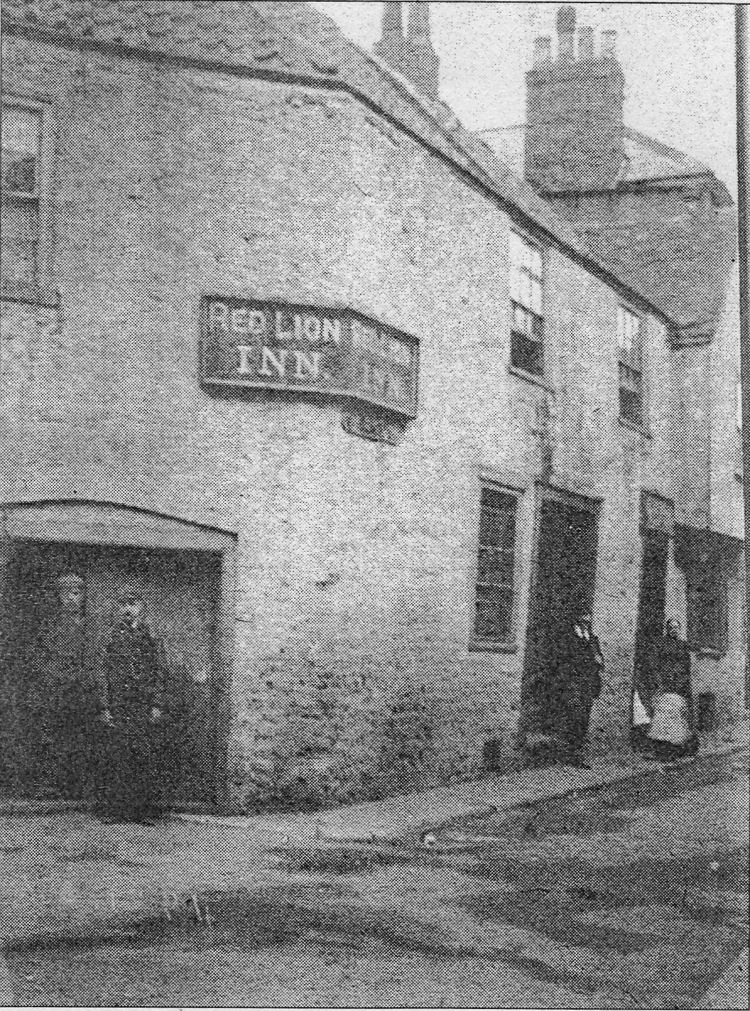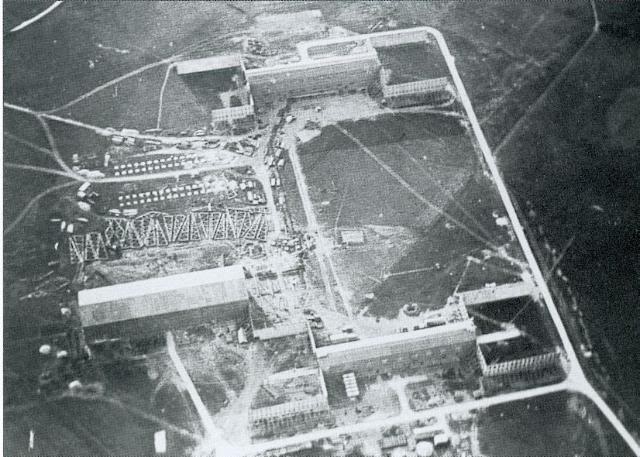22/23 Jan. 1916
Bombed: Kent
On the night of 22/23 January 1916, Dover again became the target for a hit and run raid by a single German aircraft. A Friedrichshafen FF 33b floatplane of Seeflieger Abteilung 1 appeared over the town and began dropping bombs at 12.47am.
The raider came inland just over half a mile south-west of Dover Castle and dropped its first two bombs on Waterloo Crescent and Cambridge Crescent, then continued on a course towards the castle dropping a total of eight high-explosive (HE) and one incendiary bomb. The next bomb fell on Camden Crescent followed by one that caused a fire at the maltings of the Phoenix Brewery in Dolphin Lane, which the fire brigade extinguished by 2.00am. The next bomb struck the gas office in Russell Street, then followed three that caused most of the damage.
One smashed through the roof of the Red Lion Inn in St. James’s Street, described in an official report as a ‘common lodging house used as a licensed premises’. The explosion killed 43-year-old Harry Sladden, who possibly worked there as a barman, and injured three men - James Browning, George Gambrill and Richard Willis. All had been sleeping in a first floor room. The blast blew off Sladden’s clothes and, when a doctor arrived, he was dead, lying with his intestines protruding from a stomach wound and compound fractures to his right leg.
The other two dropped close by. One fell on a wall at the back of Golden Cross Cottages from which fragments injured three children - Daisy Marlow, aged 14, Grace Marlow (10) and another unnamed girl. The other bomb injured 71-year-old Julia Philpott as she lay in bed at 2 Golden Cross Place. The final bomb exploded in Victoria Park, estimated ‘within 100 yards of Garrison Headquarters’ at the castle.
Having released all his bombs, the pilot turned out to sea and was observed from St. Margaret’s heading eastwards at 1.03am. The raid was over so quickly that no aircraft took off to oppose it and no anti-aircraft guns opened fire.
The Red Lion Inn, St. James's Street, where Harry Sladden was killed when a bomb dropped through the roof
Photo courtesy of Paul Skelton
www.dover-kent.com
Casualties: 1 killed, 7 injured
Damage: £1,591
23 Jan. 1916
Bombed: Kent
Just 12 hours after the previous raid, German seaplanes returned to Dover. A Friedrichshafen FF 33b and a Hansa-Brandenburg NW, flying at great height to avoid detection, came inland between Folkestone and Dover. Approaching the town from the west, they appeared over Dover on Sunday afternoon at 12.52pm. The raiders attracted immediate fire from the Dover anti-aircraft guns and from ships moored in the harbour; one passed out to sea towards the east while the other headed on an ESE course. Neither dropped any bombs.
The aircraft on the easterly course then turned back and approached Dover again, from the west, at 1.10pm. The anti-aircraft guns all opened on this sole aircraft, which again departed without dropping any bombs. The other raider had circled to the south and came inland again near Folkestone. At 1.23pm it dropped five high explosive bombs on the Royal Naval Air Service airship base at Capel-le-Ferne, but failed to cause any material damage.
The comings and goings of the raiders left some confusing reports but it seems that one also passed over Dover again at 1.55pm from the direction of Folkestone and dropped two bombs. An eyewitness, standing close to the pier confirmed this when he wrote: ‘They dropped a bomb within about fifty yards of me, fortunately a “dud” and in the water. A second one fell immediately after, just short of a hospital ship lying alongside.’
The anti-aircraft guns at Dover - at the Castle, Drop Redoubt and Langdon Battery - fired 71 rounds from a 6-pdr, 30 rounds from a 3-inch, 20cwt gun and 499 rounds from their four 1-pdrs. The same eyewitness who saw the bombs drop also watched this retaliation.
'From one-pounder pom-poms up to three-inch and even seven-inch, both from the ships and the forts, they were all blazing away for all they were worth, while the Huns seemed to like it and to be even smiling at their efforts.’ The official reports state that the shells were all bursting short of their targets.
Four RFC aircraft and a RNAS flying boat, all based at Dover, took off. Although four of them reported sighting the raiders as they headed back to Belgium, they were too far away to be caught.
The Royal Naval Air Service airship sheds at Capel-le-Ferne, bombed by a German aircraft on Sunday 23 January 1916
Casulaties: 0 killed, 0 injured
Damage: £0

